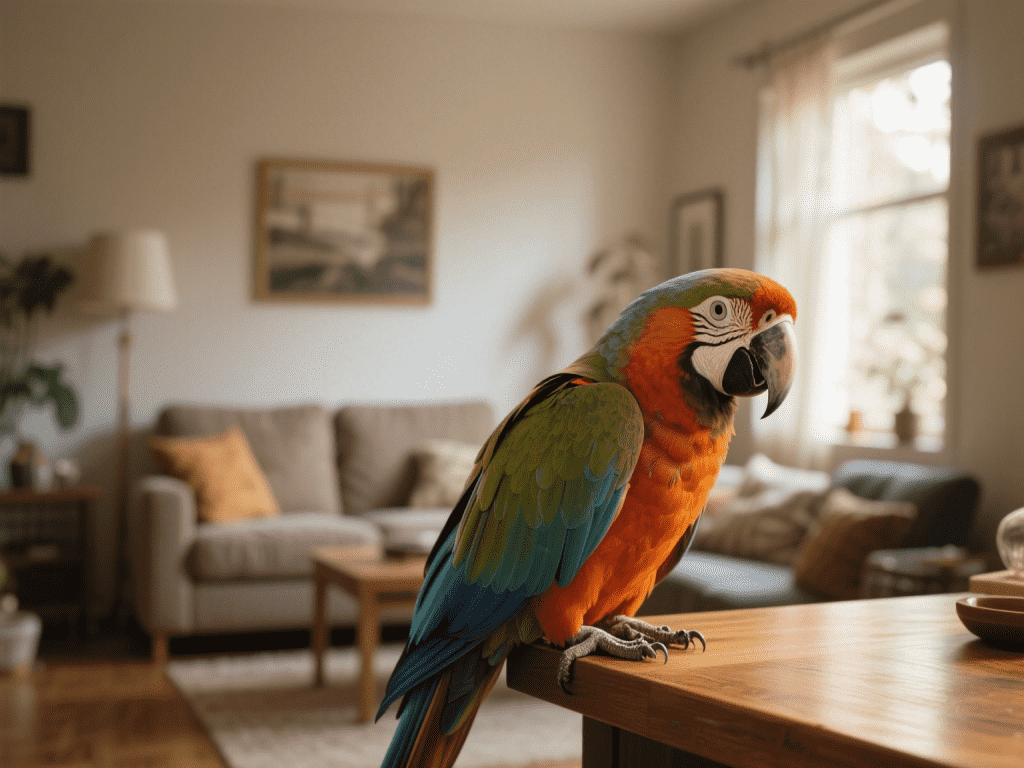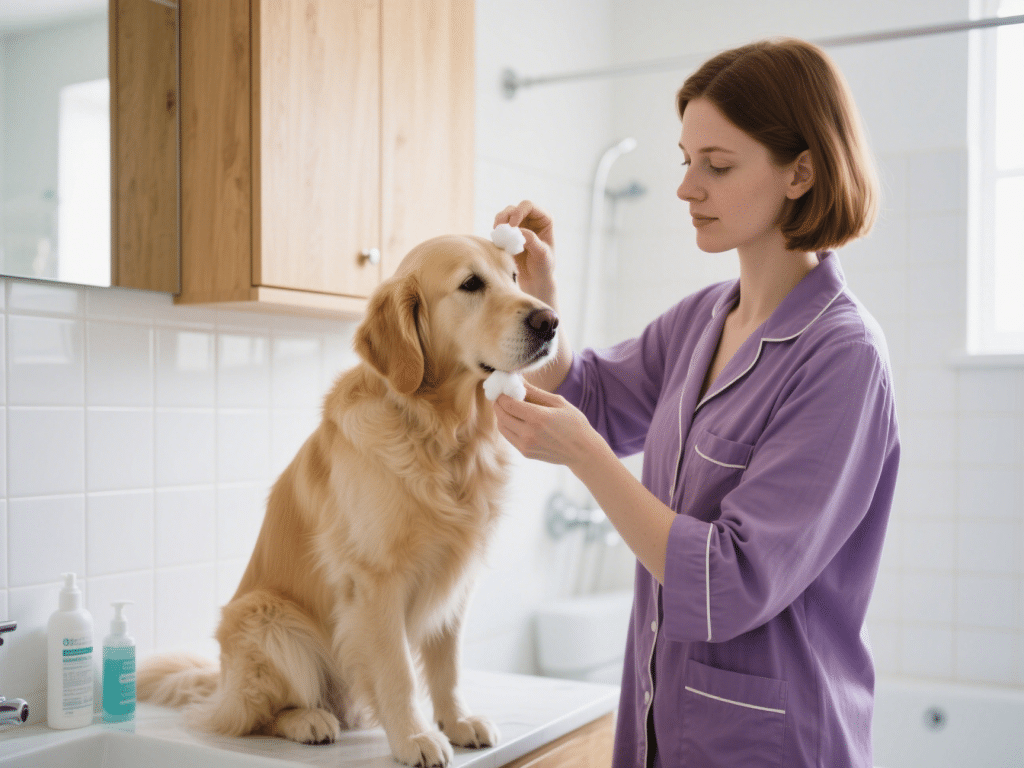Protecting Your Dog from Parasites: Worms, Fleas, and Ticks
Protecting Your Dog from Parasites: Worms, Fleas, and Ticks
Your dog’s health and comfort are constantly threatened by unseen parasites. Understanding these threats – intestinal worms, fleas, and ticks – and implementing effective prevention is crucial for responsible pet ownership. Left unchecked, these parasites cause severe discomfort, transmit dangerous diseases, and can even be fatal.
Understanding the Enemy: Common Canine Parasites
Intestinal Worms:
Roundworms & Hookworms: Prevalent in puppies and soil-contaminated environments. They cause malnutrition, diarrhea, vomiting, and a pot-bellied appearance. Zoonotic (can infect humans).
Tapeworms: Often transmitted via fleas (ingested during grooming) or infected prey (rodents, rabbits). Segments resembling rice grains appear near the anus or in feces.
Whipworms: Ingested from contaminated soil. Cause chronic watery, bloody diarrhea and weight loss. Difficult to eliminate from the environment.
Heartworms: Transmitted only by infected mosquitoes. Larvae mature into foot-long worms residing in the heart and lungs, causing severe cardiovascular damage, coughing, exercise intolerance, and death if untreated. Prevention is vital; treatment is complex and risky.
Fleas:
Tiny, agile, blood-sucking insects causing intense itching, allergic dermatitis (FAD), hair loss, and skin infections.
A single flea can lay hundreds of eggs in your home environment (carpets, bedding, furniture).
Intermediate hosts for tapeworms.
Ticks:
Arachnids that attach to feed on blood. Common species include Deer ticks, American Dog ticks, Lone Star ticks, and Brown Dog ticks.
Transmit serious diseases: Lyme disease, Ehrlichiosis, Anaplasmosis, Rocky Mountain Spotted Fever. Some cause tick paralysis.
Thrive in grassy, wooded areas, and brush.
Building Your Defense: Effective Prevention Strategies
A proactive, multi-faceted approach is essential:
Year-Round Preventative Medications:
Prescription is Paramount: Consult your veterinarian for the safest and most effective products tailored to your dog’s age, weight, health, lifestyle, and geographic location.
Types of Products:
Oral Medications: Chewables or pills administered monthly (or sometimes every 3 months for certain worms) that kill internal parasites (worms) and often fleas/ticks systemically.
Topical Treatments (“Spot-ons”): Liquid applied monthly to the skin between the shoulder blades, spreading over the body to kill and repel fleas and ticks. Some also treat specific worms.
Collars: Emit active ingredients that repel and kill fleas and ticks for several months (duration varies by brand). Ensure proper fit.
Heartworm Prevention: A monthly oral or topical medication is non-negotiable in endemic areas. Requires a negative test before starting and annual re-testing.
Environmental Control:
Flea Control: Vacuum carpets, rugs, and upholstery frequently (dispose of the bag/contents immediately). Wash pet bedding weekly in hot water. Consider professional pest control for severe infestations.
Tick Control: Keep grass mowed short, remove leaf litter and brush piles near your home. Create gravel or wood chip barriers between lawns and wooded areas. Discourage wildlife that carry ticks.
Feces Management: Promptly pick up and dispose of dog feces in sealed bags to prevent worm egg contamination.
Regular Grooming & Inspection:
Daily Tick Checks: Especially after walks in wooded/grassy areas. Run your hands thoroughly over your dog’s body, paying close attention to ears, neck, armpits, groin, and between toes. Remove any ticks immediately and correctly (use fine-tipped tweezers).
Flea Combing: Use a fine-toothed flea comb regularly, especially on the back near the tail base. Dip the comb in soapy water to drown any fleas caught.
Bathing: Regular baths with a mild dog shampoo can help remove fleas and dirt.
Minimize Exposure:
Avoid known high-tick areas during peak season.
Keep dogs away from stray animals or wildlife carcasses.
Prevent scavenging (eating feces, prey animals).
Treatment: Acting When Prevention Fails
Despite best efforts, infestations can occur.
Consult Your Veterinarian Immediately: Self-treating with over-the-counter products or inappropriate medications can be ineffective or dangerous. Your vet will:
Accurately diagnose the parasite.
Prescribe the correct, safe treatment (dewormers, flea/tick products, antibiotics for secondary infections).
Test for parasite-borne diseases (especially if ticks were found).
Guide you on thorough environmental decontamination.
Complete the Full Course: Never stop treatment early, even if symptoms improve. Follow dosage and duration instructions precisely.
Environmental Eradication: Treating the dog alone isn’t enough for fleas; simultaneous environmental treatment is critical to break the life cycle.
The Importance of Veterinary Partnership
Your veterinarian is your indispensable ally in parasite protection. They provide:
Tailored Recommendations: Based on your dog’s specific risk factors.
Safe & Effective Prescription Products: Superior to many OTC options.
Accurate Diagnosis: Via fecal exams, blood tests (for heartworm, tick diseases), and physical exams.
Treatment Guidance: Ensuring efficacy and safety.
Monitoring: Regular check-ups and parasite testing (fecal, heartworm).
Conclusion: Vigilance is Vital
Protecting your dog from parasites is an ongoing commitment requiring consistent preventative measures, environmental management, regular inspections, and a strong partnership with your veterinarian. By understanding the risks and implementing a comprehensive strategy, you safeguard your dog from discomfort, serious illness, and life-threatening conditions, ensuring they live a longer, healthier, and happier life by your side. Never underestimate the importance of year-round prevention – the consequences of neglect can be devastating.









Comments on "Protecting Your Dog from Parasites: Worms, Fleas, and Ticks" :